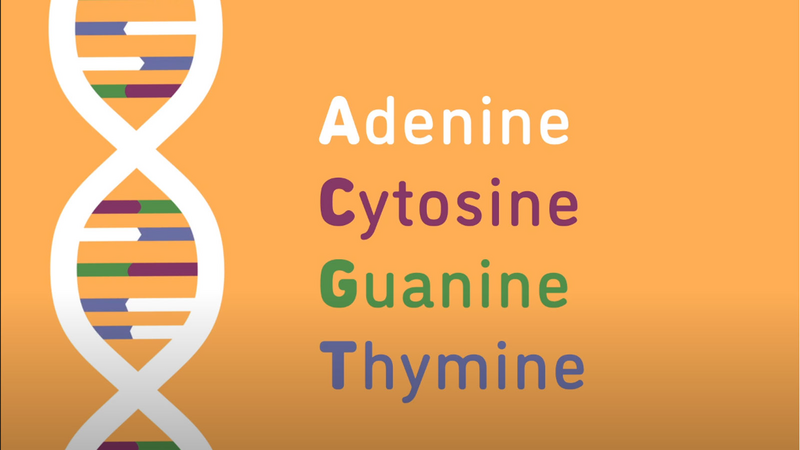Settings
Save and close
Did you know that you’re a mutant? Don’t worry — I am too. In fact, all living things could be considered mutants. The human body contains over 30 trillion cells that constantly divide as we grow and age. Every time this happens, the genomic DNA needs to be copied through a process called DNA replication.
Even though cell division and DNA replication are carefully controlled processes, errors can occasionally occur. These errors, called mutations, result in changes to the original genomic DNA sequence. Environmental conditions, such as ultraviolet radiation from the sun, can also lead to mutations. Most times, mutations are recognized and repaired by the cell, but sometimes they become a permanent change in the cell’s DNA sequence and become what are called DNA variants.
In some instances, DNA variants cause little or no changes to cellular functions, therefore no significant changes to the organism. In other instances, these changes can shift the functions of the cell. But big changes don’t always mean bad things! These changes could be beneficial, neutral, or harmful to the organism, depending on the DNA variant. Depending on the type of cell the original DNA mutation occurred in, the variant may be isolated to the individual or it may be passed down to their children, contributing to genetic variation of the population.

Endometriosis is a fairly common gynecological condition that affects 200 million people with uteruses worldwide. So what is this condition, exactly, and what can be done about it?
View more
We all want to live long lives, but not at the expense of our health!
View more

The trillions of bacteria, fungi and viruses that live on the skin all over our bodies is part of the microbiome.
View more
Discover what genetic resilience is and how our genetic makeup can protect us from disease in this Minute to Understanding from The Jackson Laboratory!
View more
Mutations in our genes can cause life-threatening diseases, and sometimes there is no drug or surgery available for your doctor to prescribe. Enter gene therapy.
View more
Learn how epigenetic changes can affect an individual — without physically changing their DNA sequence.
View more
The difference between genetics and genomics is not just the letter "O."
View more
Every person in the world is different. We all have physical characteristics and quirks that make us unique. But what, biologically, makes us who we are?
View more
Discover what DNA is and how it serves as the genetic instruction manual for life. Learn how DNA sequences determine traits and pass heritable information from one generation to the next.
View more
What are telomeres? Telomeres are structures made from DNA sequences and proteins found at the ends of chromosomes. They cap and protect the end of a chromosome like the end of a shoelace.
View more
Explore bite-sized science with Minute to Understanding. Quick, easy-to-remember videos simplify complex scientific terms and breakthroughs. Perfect for staying informed on the latest advancements.
View more
Explore DNA variants and discover how mutations during DNA replication make each organism unique. Learn about their role in genetic variation and their potential impact on life.
View more
Discover the role of chromosomes in cell division and genetic data storage. Learn how these DNA-packed structures enable proper cell function and ensure life’s continuity.
View more